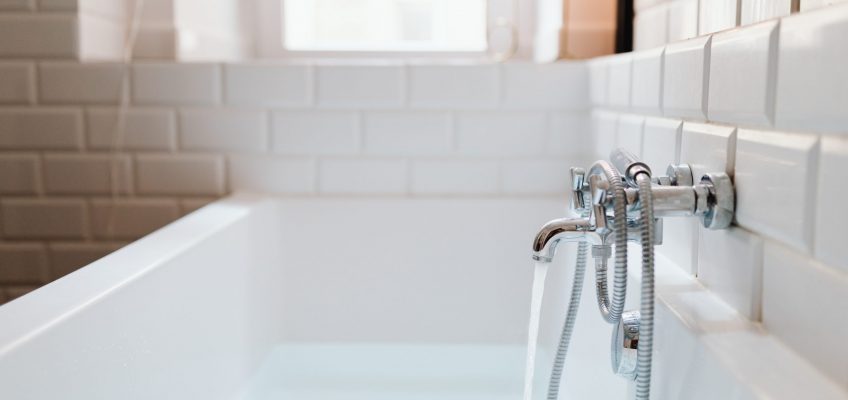Waterproof Membranes: The Key to Protecting Your Home from Water Damage
When it comes to protecting your home from water damage, one of the most important measures you can take is installing a waterproof membrane in wet areas. In this blog post, we’ll explain what a waterproof membrane is, why it’s important, and how it can help you pass building and pest inspections.
What is a Waterproof Membrane?
A waterproof membrane is a layer of material that is applied to a surface to prevent water from penetrating it. It is commonly used in wet areas of the home, such as bathrooms, balconies and to some roof designs to protect the underlying structure from water damage.
There are several types of waterproof membranes available, including sheet membranes, liquid membranes, and cementitious membranes. Each type has its own advantages and disadvantages, and the choice will depend on factors such as the type of surface being waterproofed, the level of traffic, and the budget.
Why is a Waterproof Membrane Important?
The primary function of a waterproof membrane is to prevent water from penetrating the underlying structure. Without a waterproof membrane, water can seep through the surface and cause damage to the structure of the home, leading to issues such as rot, mold, and structural instability.
In addition to protecting the structure of the home, a waterproof membrane also helps to maintain the integrity of the finishes in wet areas.
How Can a correctly installed Waterproof Membrane Help You Pass Building and Pest Inspections?
Building and pest inspections are an important part of the home buying and selling process. During these inspections, the inspector will assess the property for any structural issues or pest infestations. One of the areas that will be closely inspected is the wet areas of the home, such as bathroom, laundries and tiled balconies. The Building and Pest inspector will pay particular attention to the surounding walls and the underside of wet areas.
If there is evidence of water damage or leaks in these areas, it can be a red flag for the inspector. This can lead to delays in the sale process or even cause the sale to fall through. Proper installation of a waterproof membrane in wet areas by a licenced trades person and obtaining a compliance certificate for the installation, you can provide peace of mind to both yourself and the inspector that your home is protected from water damage.
In addition, if you’re buying a home, it’s important to ensure that the waterproof membranes installed in the wet areas are not defective.
Premier Building and Pest Inspectors have sensitive moisture and dampness detection equipment to determine if waterproofing membranes are failing especially when there is no visual telltales present.
Conclusion
A professionally installed waterproof membrane is a crucial component of any home in wet areas. It helps to protect the structure of the home from water damage and maintain the integrity of the finishes. In addition, it can help you pass building and pest inspections and provide peace of mind to both yourself and the inspector. If you’re unsure whether your home waterproof membrane is functioning adequately, it’s best to consult with a professional from Premier Building and Pest Reports to assess your needs and provide recommendations.

